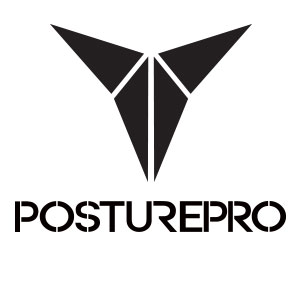Have you been disappointed time and time again while searching for a solution for your chronic pain? The reason may be because there has been no therapy, traditional or alternative, that has been able to permanently eliminate chronic muscle and joint pain.
That is – until now.
It is inaccurate to isolate the foot from the entire body.
Your foot is the first thing that comes into contact with the ground. Any abnormality of load distribution between the left foot and the right foot will engender a postural disequilibrium. Unfortunately, in today’s world, the foot is typically addressed individually and looked at separately from the entire body. It is taken out of an equation.
Biomechanics 101
Since the foot is connected to the tibia via the muscles and ligaments, it will always affect all of the joints above it. We can break down how the position of the foot can contribute to a faulty knee, hip, and back position.
A pronated (valgus) foot will bring about:
– talus valgus (internal rotation of the talus bone of the foot);
– inward axial rotation of both the tibia and femur;
– tendency to genu valgum;
– inwards displacement of the patella;
– tendency to knee flexum.
Alternatively, a supinated (varus) foot will bring about:
– talus varus (external rotation of the talus bone of the foot);
– outward rotation of both the tibia and femur;
– tendency to genu varum;
– outward displacement of the patella;
– tendency to recurvatum.
With a pronated foot on one side, and a supinated foot on the other side, joints will start to compensate, muscles will become weakened, and injuries can then occur. The picture below shows an abnormality in load distribution.

How to Test Your Feet
A very simple test can be performed to test any imbalances between the left foot and the right foot.
– stand up and look straight ahead
– without shifting your gaze, slightly lift one foot off the floor
– pay attention to what the weight bearing foot is doing. It will either pronate, or supinate
– repeat the test with opposite foot
[youtube_sc url=”[youtube_sc url=”https://youtu.be/LXFNZQe-bcs”]
If you find that both feet do the opposite movement (one pronates while the other supinates), you likely have a disharmonic foot. If left undressed, injuries are likely to occur, performance is likely to diminish and quality of life may be impacted.
If you like this article, please share.
The Posturepro Team
Copyright © 2015 Posturepro™




